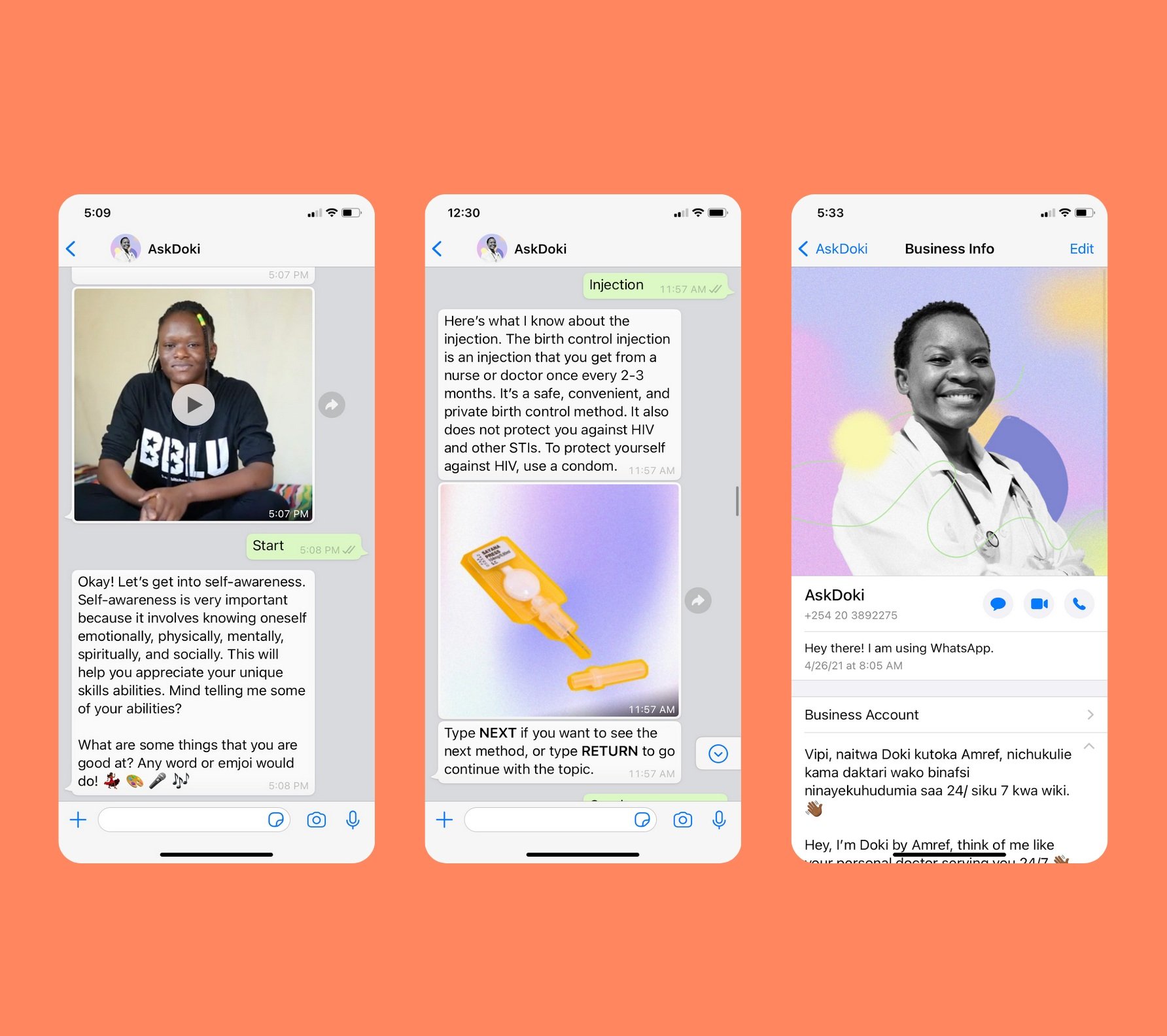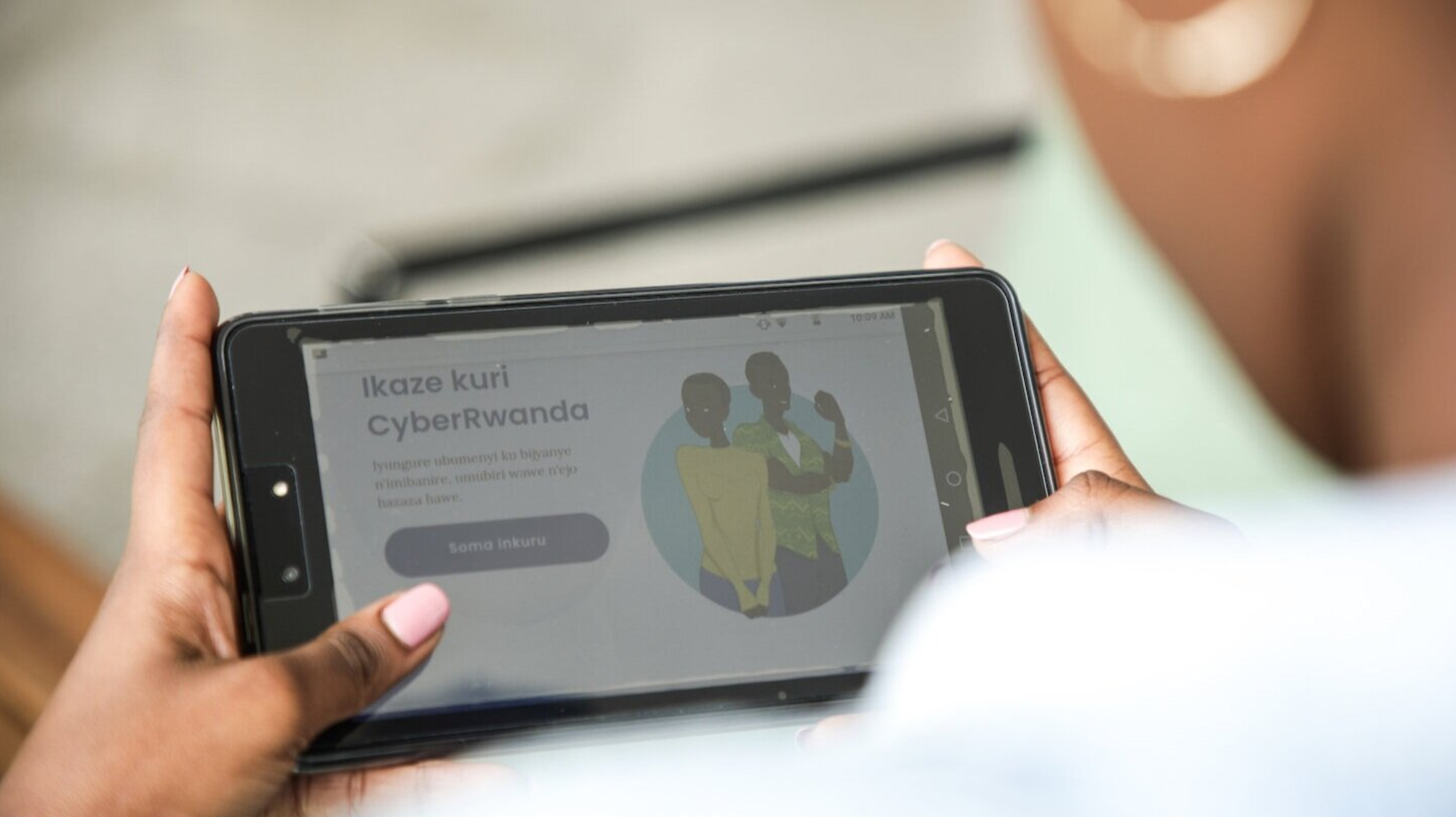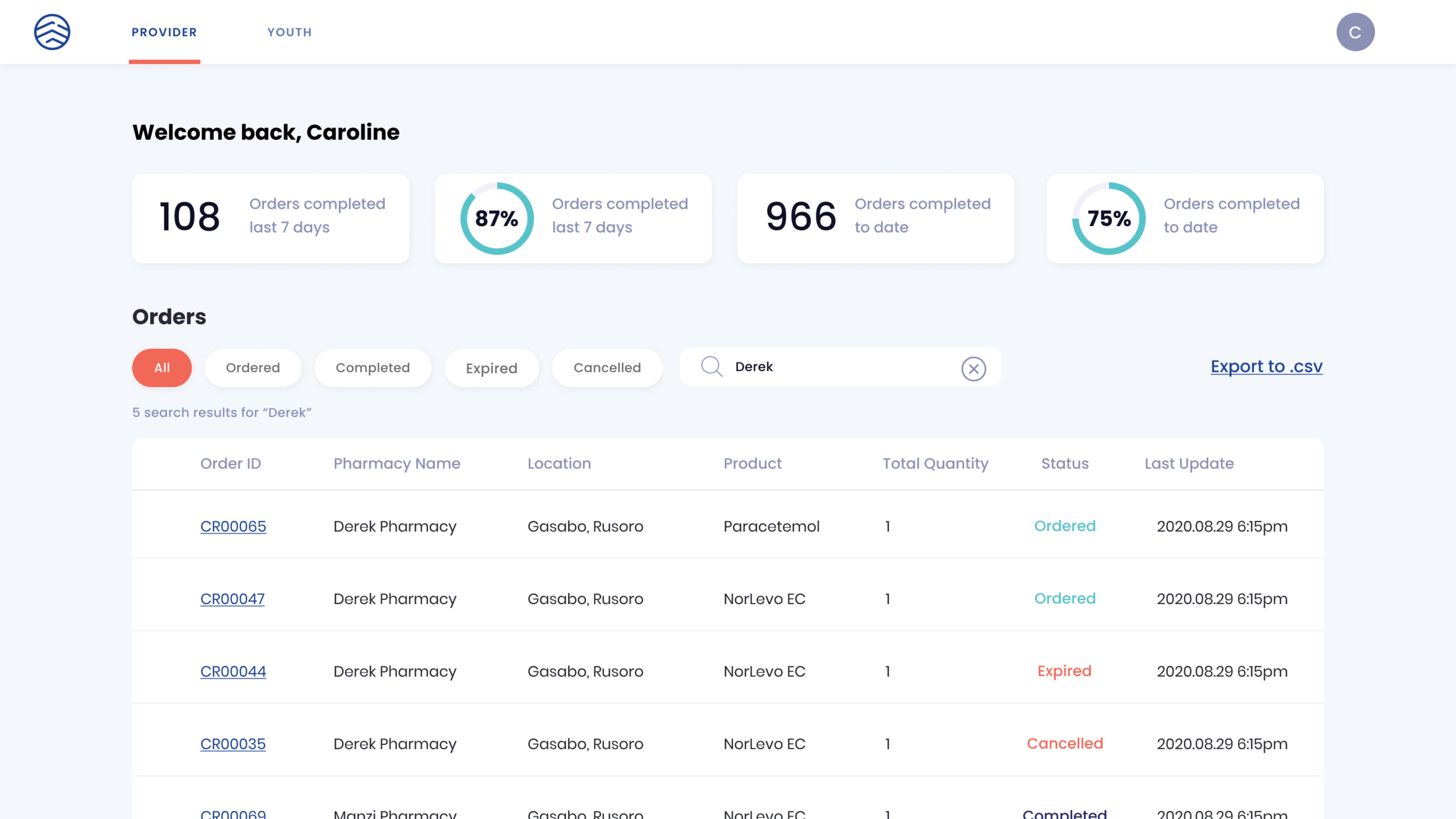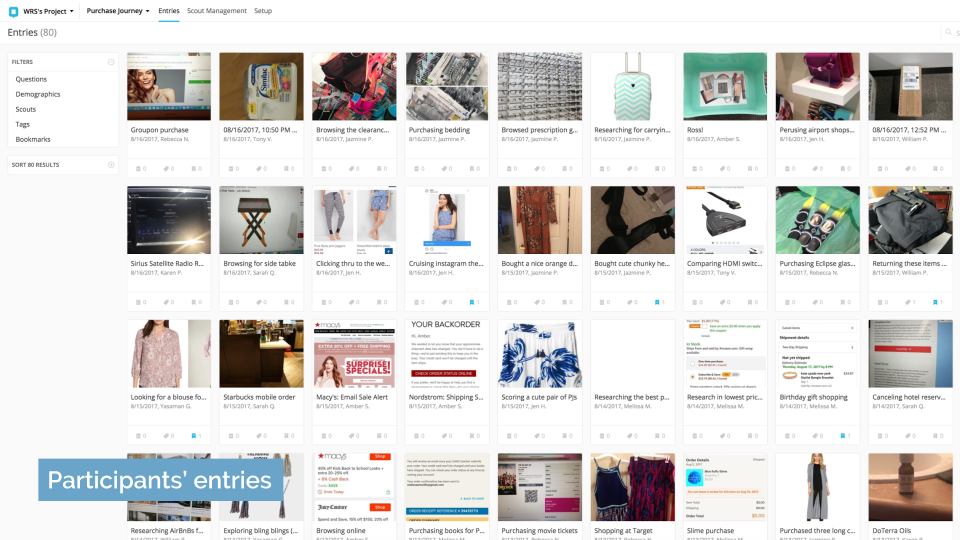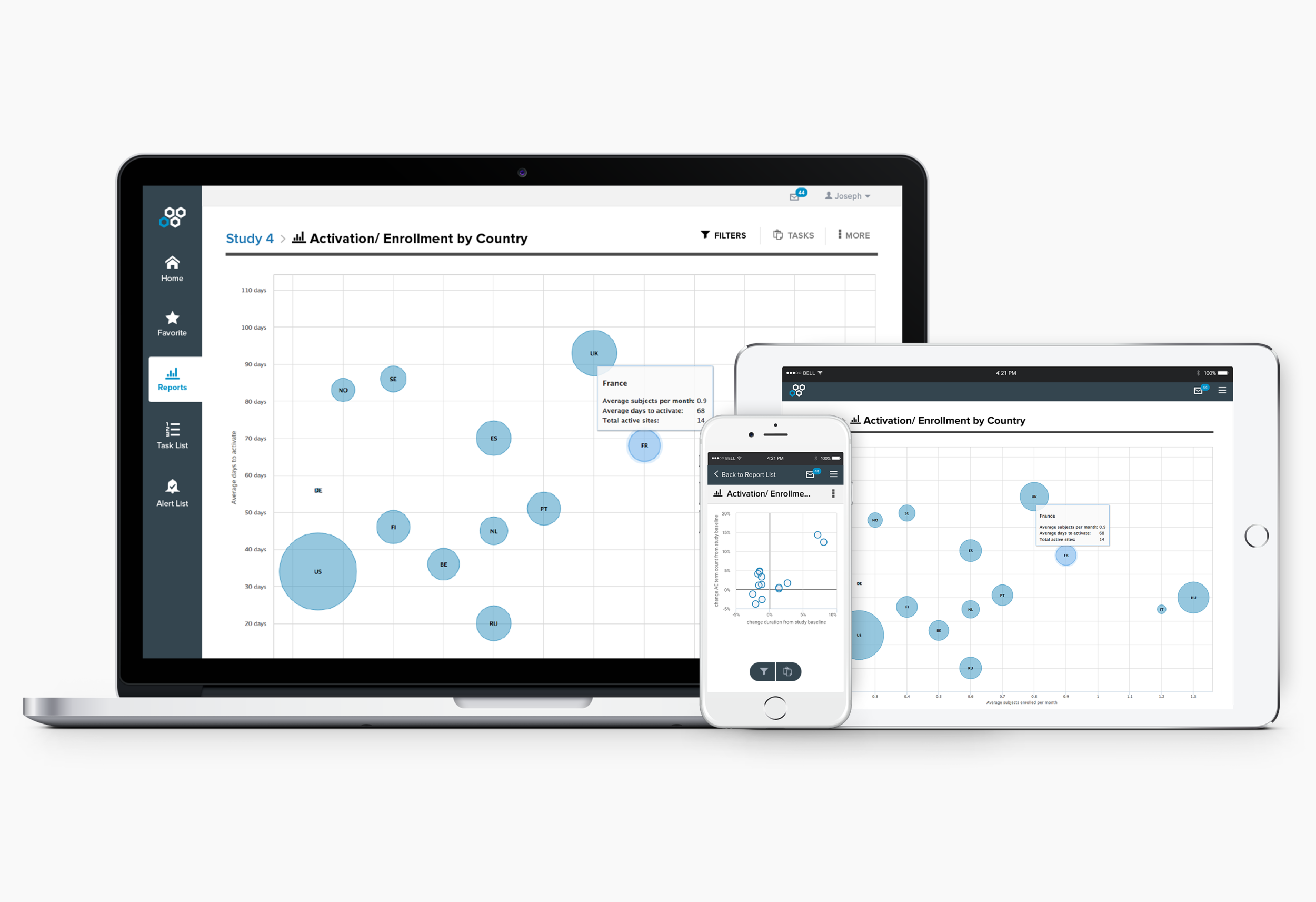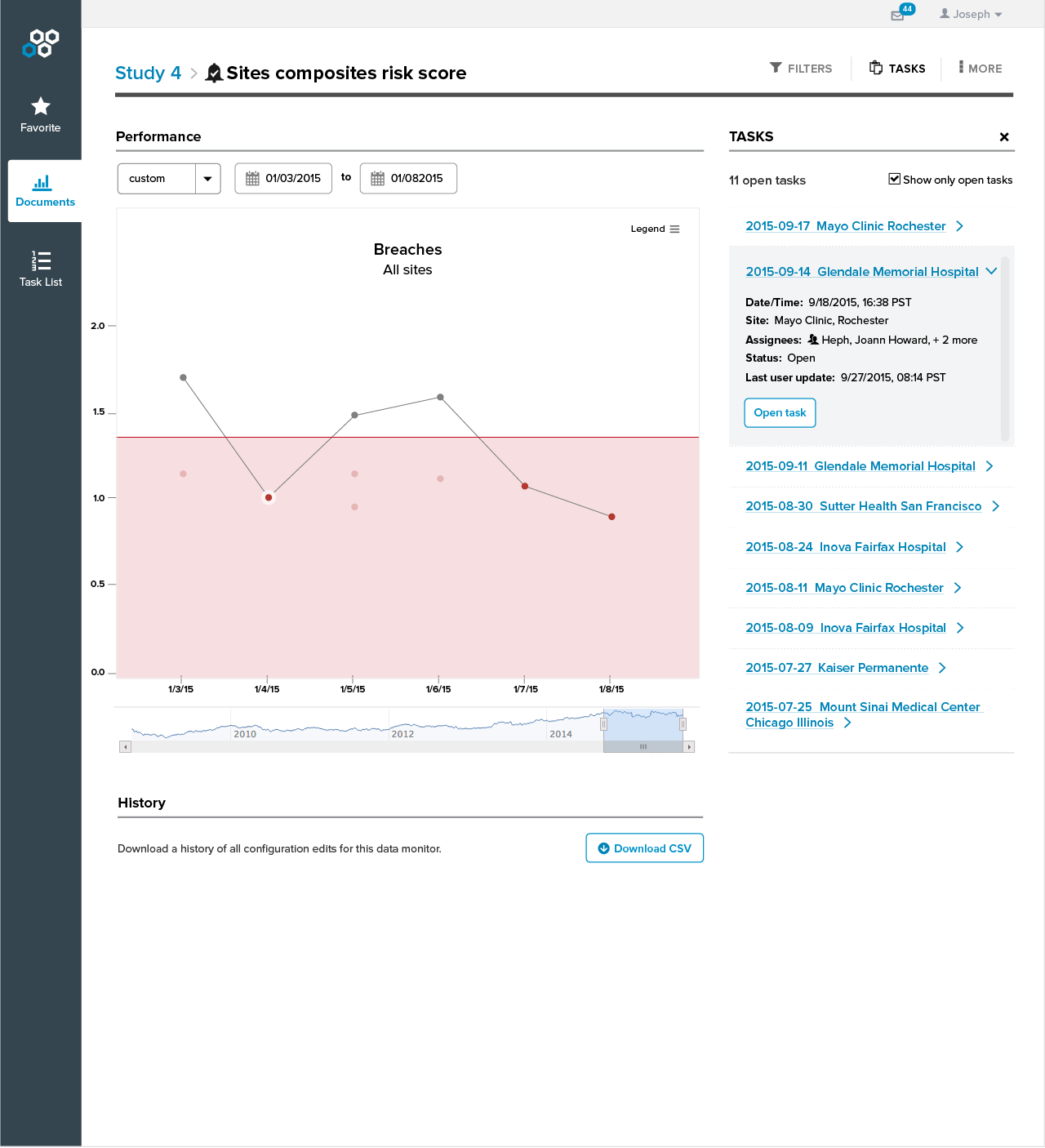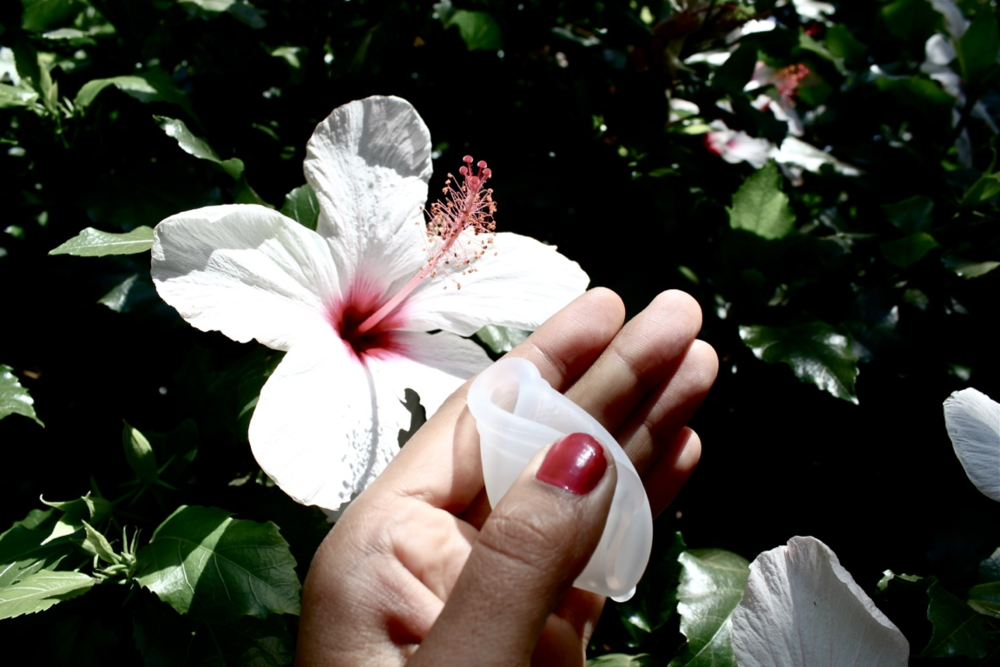Overview
SparkRx is a CBT (cognitive behavior therapy) digital therapy for adolescent depression. Today, patients can only access the multi-week program on a smartphone app once a healthcare provider recommends it. This project introduces employee benefits as an additional enrollment path in order to reach more adolescents who are in need.
The app is currently live and being used by adolescents age 13 and older in the US. The new enrollment flow is scheduled to go live by 2023 Q4.
My Role
Product Design Lead: 2023
Team: I worked closely with the clinical team, product manager, multiple engineering teams, and another designer to balance clinical regulations, user experience, and speed to market.
Approach
Based on PM and clinical input, I created artifacts that facilitated team discussions on flow, patient safety, integration with third-party services, and development approaches. I was also responsible for designing high-fidelity mockups and contributed to aligning branding across multiple products.
Challenge
Today, patients need to be diagnosed with depression by a medical provider to use a prescription product like SparkRx. This process, however, is time-consuming and not accessible to everyone. In addition, the SparkRx for adolescent enrollment requires the involvement of both a caregiver and the adolescent. Our team initially considered an asynchronous clinical review of the patient’s symptoms to make a prescription decision and ultimately decided to remove the clinical review due to a pivot in the company's direction.
From design research to guiding principles
From a quick round of prototype testing with people, we learned a lot about the user needs, especially on data privacy and expectations on clinical review. The method was 45-minute moderated 1:1 interviews with five participants.
What we learned:
Most people understood the no-cost model and appreciated seeing helpful information in the right place
However, clinical consult leads people to believe they will have a live visit with a real person and overestimated how involved clinicians will be in the program
People raised questions on what the intake form is for, how it will be used, and expressed concerns about privacy and data sharing e.g. unwilling to upload an ID, and resistant to sharing exact date of birth. Moreover, when people didn’t understand or didn’t trust, they would abandon the flow.
As a result, some guiding principles that we incorporated into this project were:
Don’t ask for extra data
Explains what, when, and why
No big words
Get to the point
Service blueprint to facilitate conversation
Based on the PM and clinical lead’s input, I created and iterated on a service blueprint that facilitated team discussions on the eligibility flow, patient safety including suicide screening and risk escalation, integration with third-party services, and development approaches.
With the development team: With the development teams, we had detailed conversations about how to reduce friction points in the adolescent journey. For example, due to implementation efforts, the PM proposed a flow in which teens would have to create an account and answer intake questionnaires on web, download an app, and then log in. I raised the concern that separating the account creation and login step on different channels would potentially lead to dropoffs, especially knowing impatient teens are more likely to create fake login credentials, but it was pushed back due to timeline concerns. As a next step, I followed up with various dev leads on feasibility and organized a design review with all dev teams, PMs, and the clinical lead. With all internal stakeholders in the same room, we were able to quickly evaluate the technical constraints and additional effort needed to create a better user experience. Ultimately, we decided that simplifying the flow only required small additional effort and we made the decision to pursue it.
With the clinical team: We also had safety screening and risk escalation protocols discussions with the clinical team based on the service blueprint. We discussed how a safety check should be triggered based on answers to the PHQ-9 (Patient Health Questionnaire), and what the healthcare providers should do in case of a safety escalation. We also brainstormed the most ethical support that we could provide to patients who either don’t meet the eligibility requirements or are denied a prescription due to their conditions.
The pivot
During this project, the company executive team announced a strategic decision across all the products — the company decided to market the products as wellness products instead of digital prescriptions going forward. This decision had a drastic regulatory impact, but we were able to remove administrative burdens for our users. For this project, we were able to remove the asynchronous clinical review, the adult intake form required by a third-party telehealth provider, and photo ID checks that were required by the government for telehealth products.
Final Design
The final SparkRx enrollment design provides a simple and trustworthy path for the caregiver to provide eligibility and risk escalation information, and allows the adolescent to access content that elevates depression symptoms with minimal delay. The enrollment path is on responsive web.
The product team intends to scale the product to serve adults with depression next year. To future-proof the enrollment path, I also designed the enrollment flow for adults who self-enroll in order to reduce risks.
Enrollment for caregiver - happy path on mobile
Enrollment for caregiver (web) + onboarding for adolescent (app)
Enrollment for adult self-enrollee


